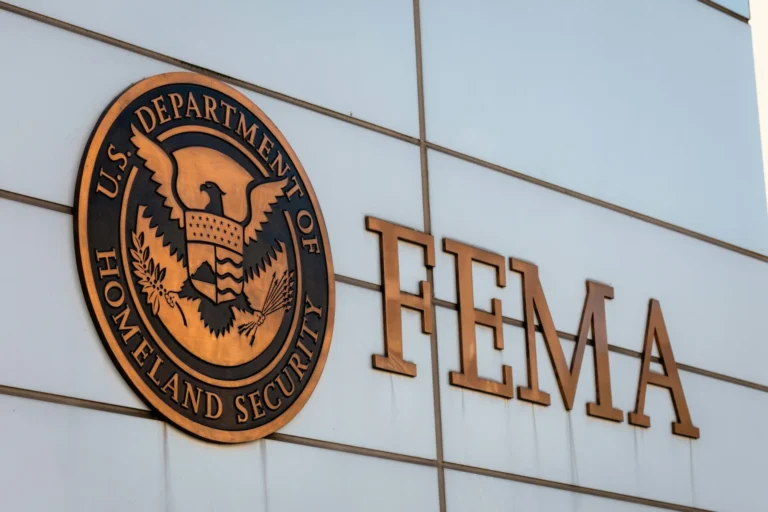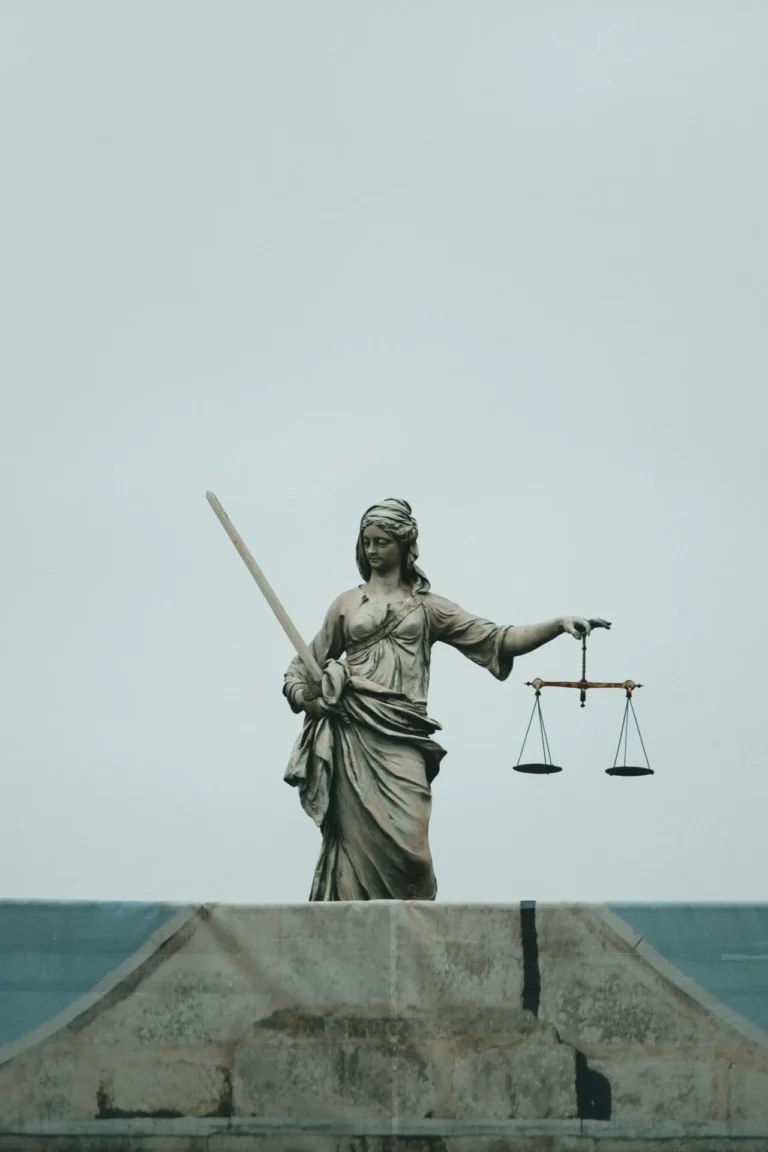By Cliff Montgomery – May 11th, 2009
When photos of torture at Iraq’s Abu Ghraib prison surfaced in 2004, Bush Administration officials quicklypainted Army Private Charles Graner Jr. as the de-facto head of some low-ranking “bad apples” whoperformed a host of blatantly illegal acts on detainees.
Thus the Army private and others were forced to pay the entire price for such actions. But recently releasedJustice Department memos–which verify the authorization of torture at the highest government levels–maysoon change that.
Graner and others who have paid for these acts now have a valid reason to declare they were scapegoats forwhat was, in fact, a high-level program. They now also rightly point out that the administration’s denial of such apolicy clearly undermined their own legal defenses.
The hapless Army private still is a prisoner at Fort Leavenworth, Kansas. He has served about half of his10-year prison sentence for assault, detainee abuse and dereliction of duty.
Graner seems to have taken the greatest amount of blame for the program – he’s the only soldier tried for theAbu Ghraib tortures who remains incarcerated.
Then-President George W. Bush claimed to be “so disappointed in what happened, yet the whole time heknew what was going on,” Graner told The Washington Post. The private answered questions via his wife,Megan – she also worked at the Abu Ghraib prison.
Virginia lawyer Charles Gittins, who represents Graner, informed reporters two weeks ago that he is working onappeals arguments which largely focus on the memos’ revelations, as well as a recently released congressionalstudy into the acts of torture.
Gittins said he plans to convince the Court of Appeals for the Armed Forces that leading officials keptevidence from Graner’s defense and thus inappropriately influenced the court.
At their 2004 and 2005 trials, military judges blocked the accused soldiers from calling top Bush officials to thewitness stand.
For its part, the Bush Administration refused to admit the existence of any program that may have approved ofat least some of the actions revealed in those now-infamous photographs.
“Once the pictures came out, the senior officials involved in the decision-making, they knew. They knew theyhad to have a cover story,” Gittins told the Post.
Thus officials quickly claimed ” ‘It was [only] the bad apples led by Charles Graner,’ ” he added.
Some of the illegal actions of these Abu Ghraib guards, such as slamming hooded detainees into various wallsat the prison, clearly echo a Justice Department-authorized tactic revealed in the memos, called “walling”–anapproved action in which interrogators could slam detainees held in CIA custody against a flexible wall built tomake a loud, deafening noise.
But the photos of Abu Ghraib “interrogations” also showed some actions, like stomping or punching, that arenot among the techniques approved in the memos. Still other actions appear simply to have been improvisedby guards, such as forcing naked detainees to form human pyramids, or forcing them to masturbate.
“According to the memos and congressional documents, U.S. officials reverse-engineered techniques fromU.S. survival training courses,” states the Post. These techniques were “designed to teach troops how toendure capture and interrogation”–in other words, they were never intended as interrogation tactics.
Regardless, Bush Administration “Justice and Defense department officials approved the use of dogs, nudity,stress positions, sleep deprivation and other techniques” during interrogations.
A Pentagon agency which advised the Bush Administration against the use of such harsh interrogationtechniques flatly called the actions “torture” and also told Bush officials that torture will certainly produce”unreliable information,” according to eye-opening military documents prepared in July 2002. For more on thismatter, check out the American Spark‘s Apr. 27th article.





